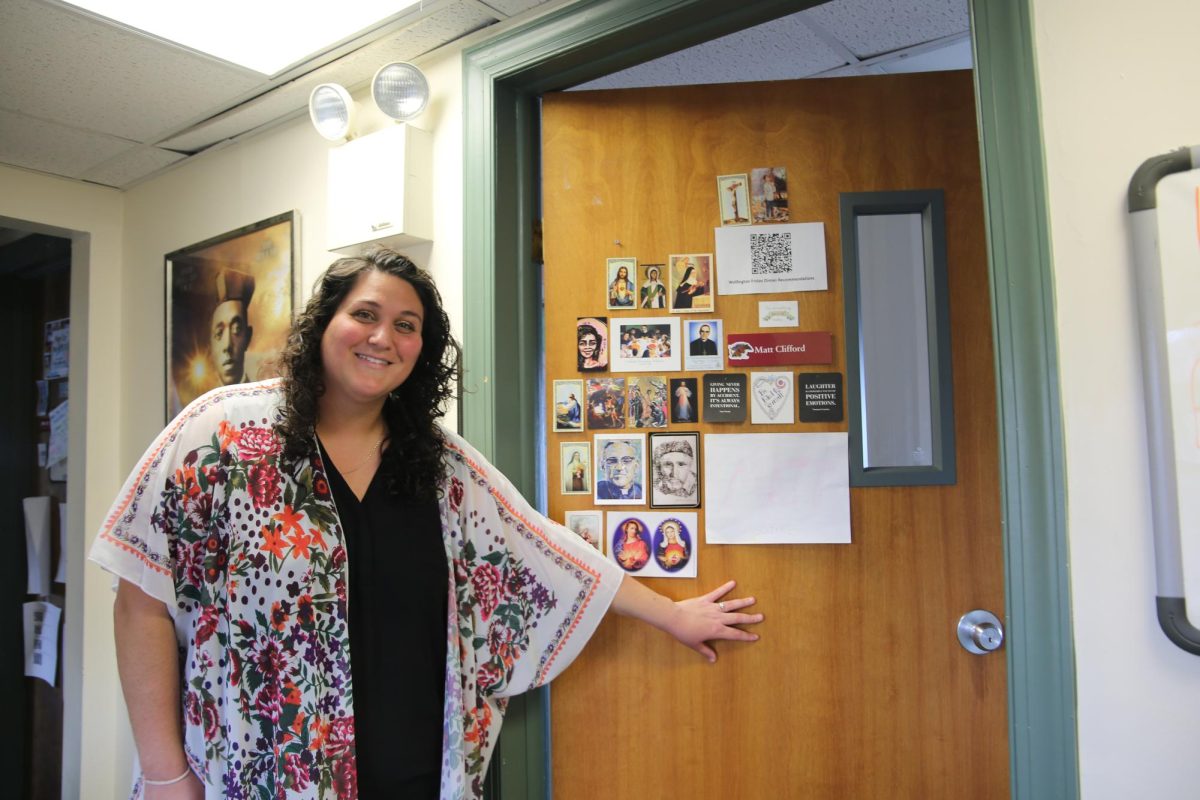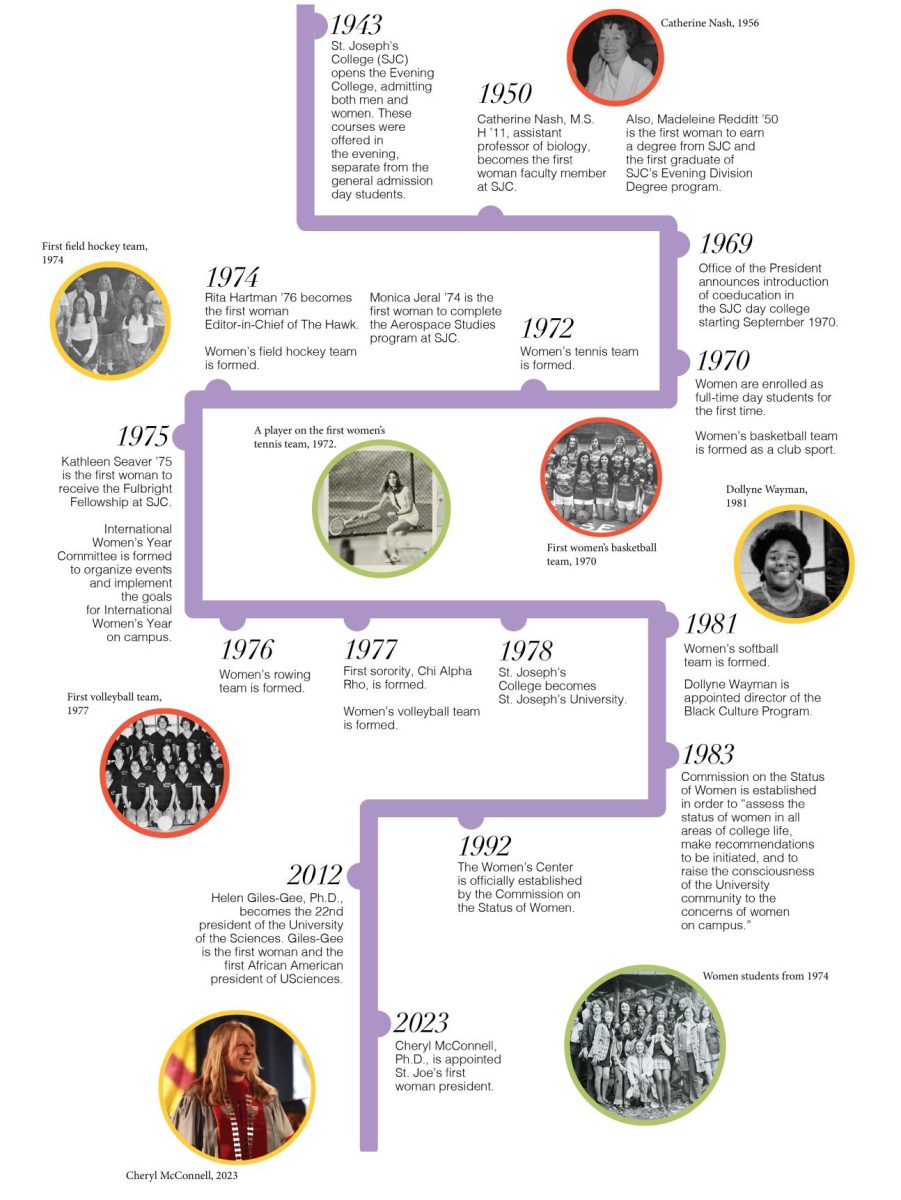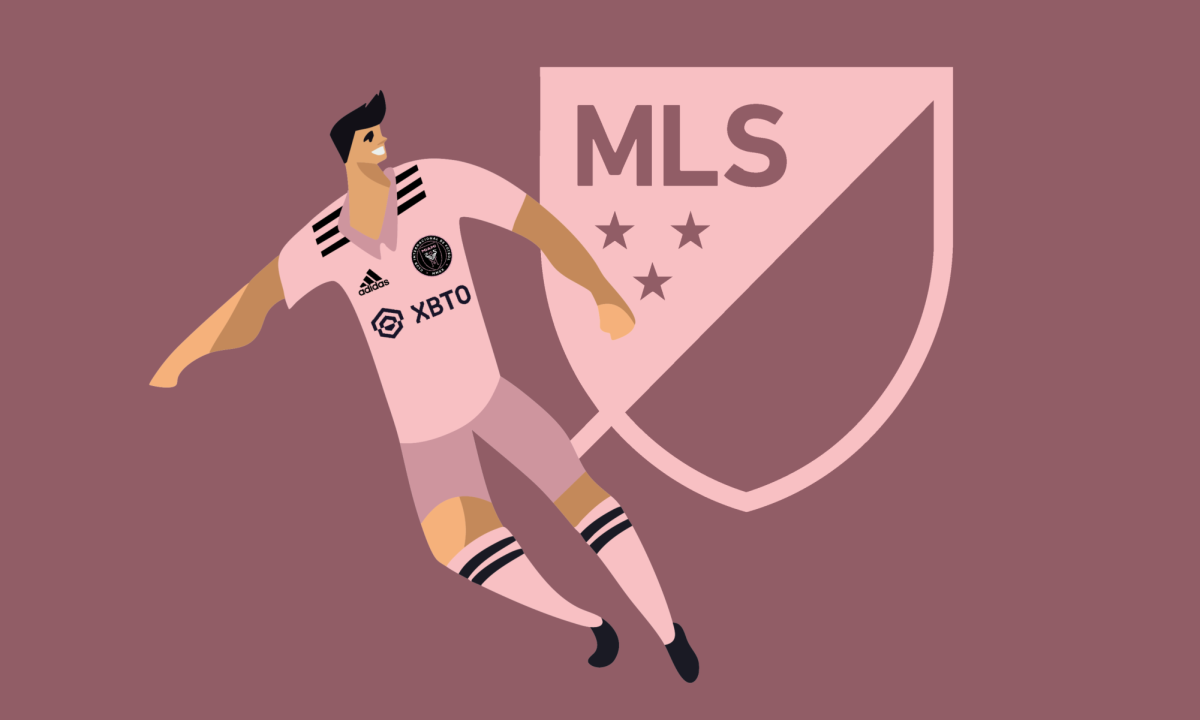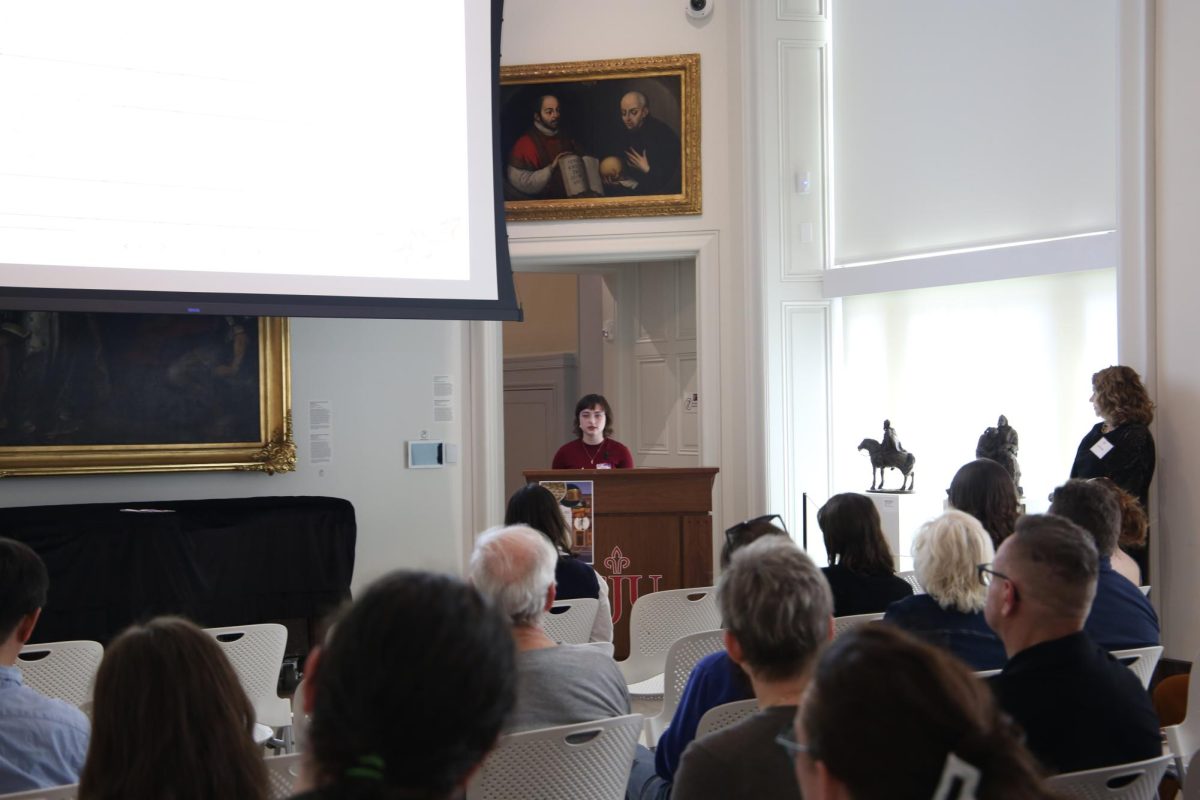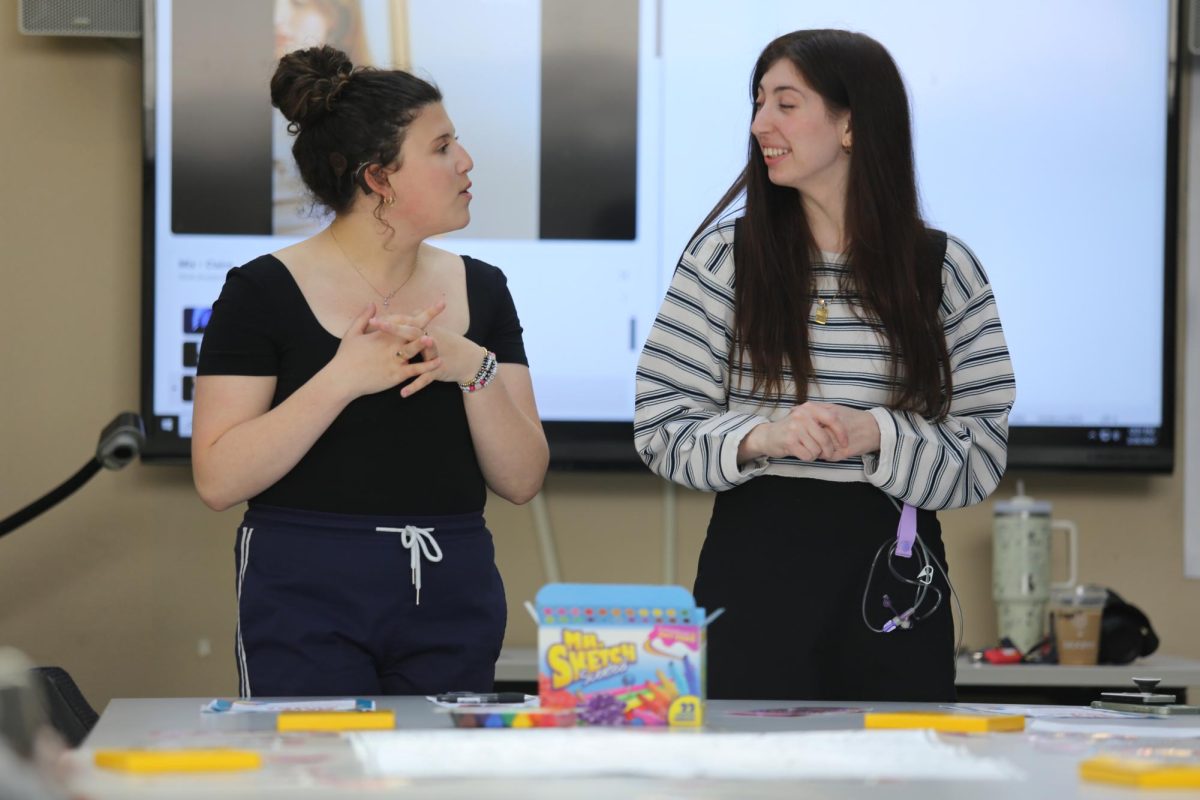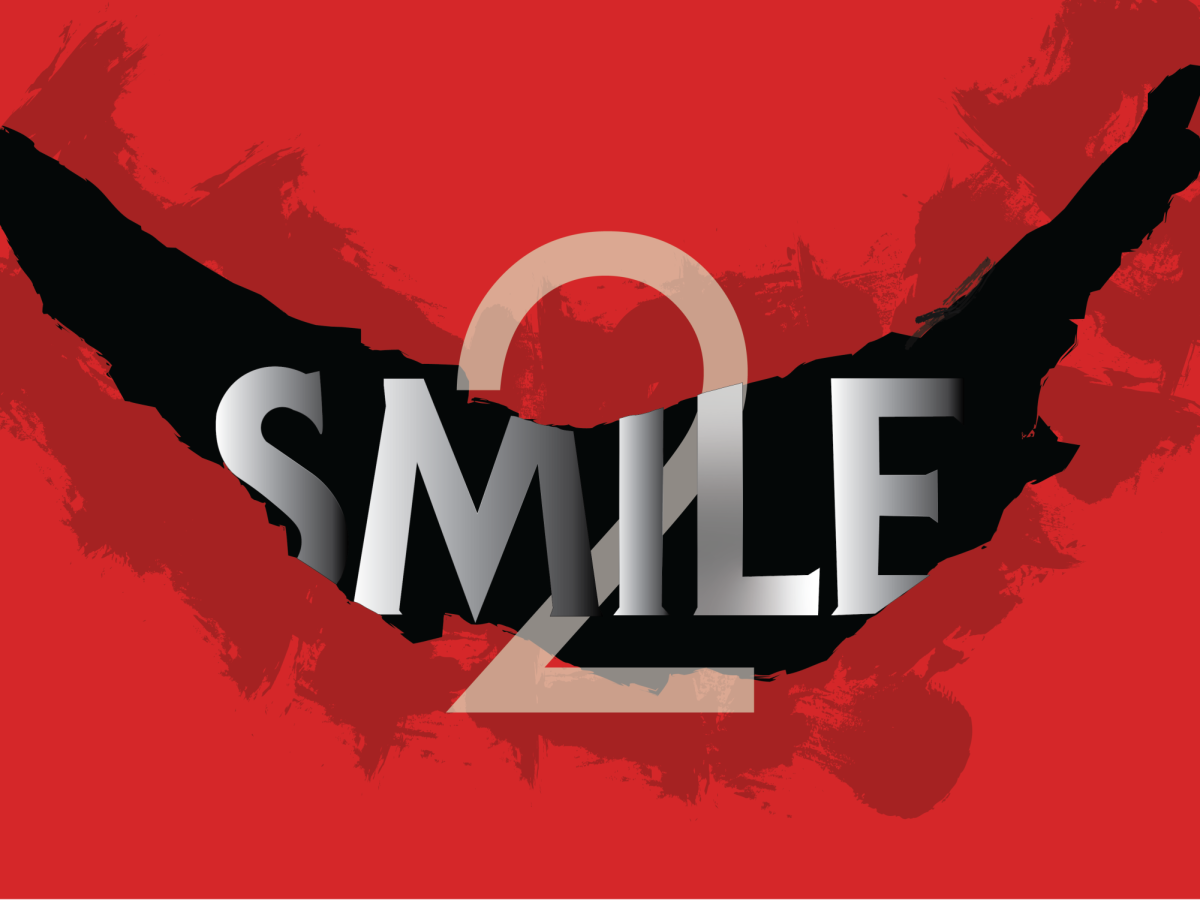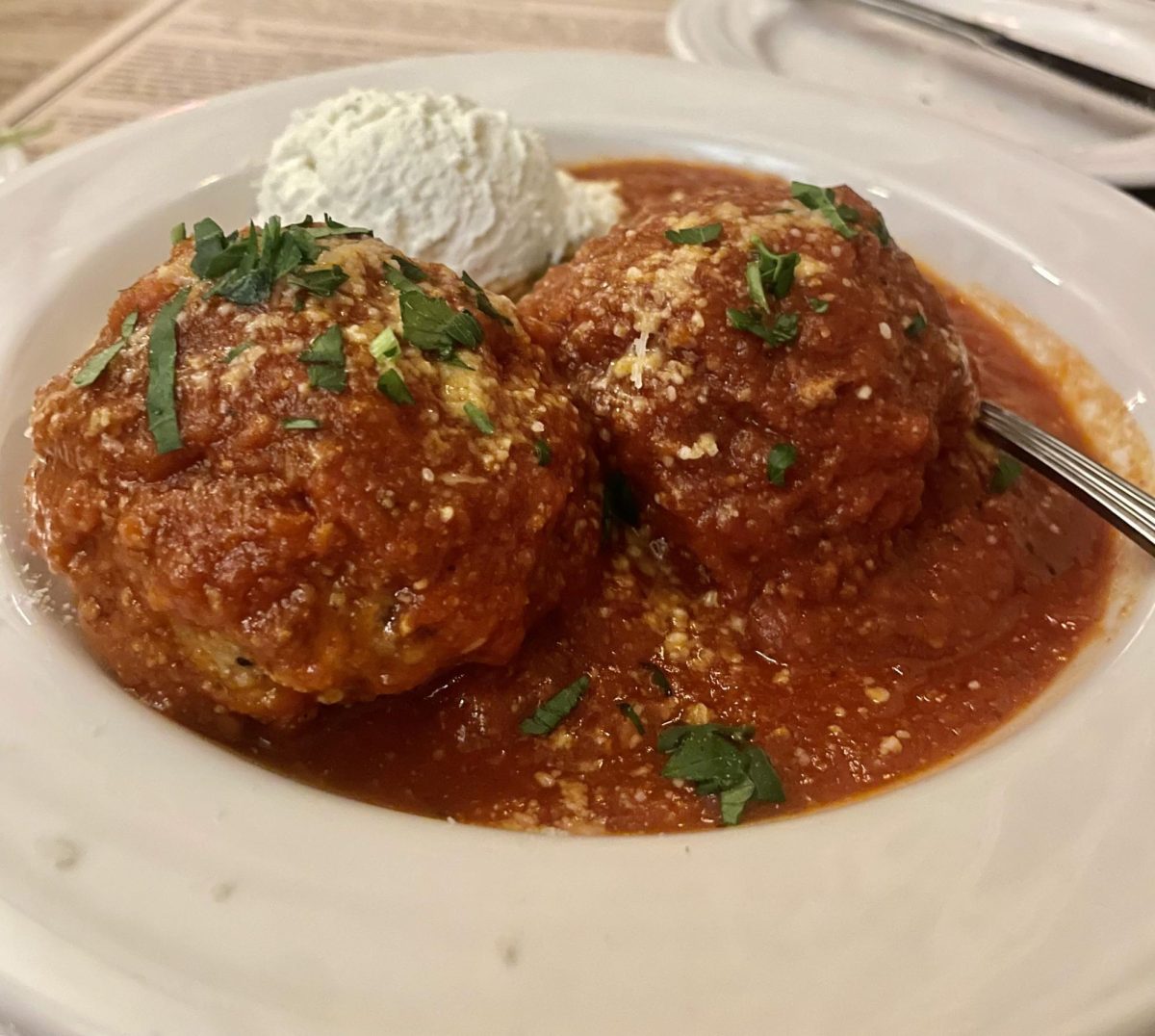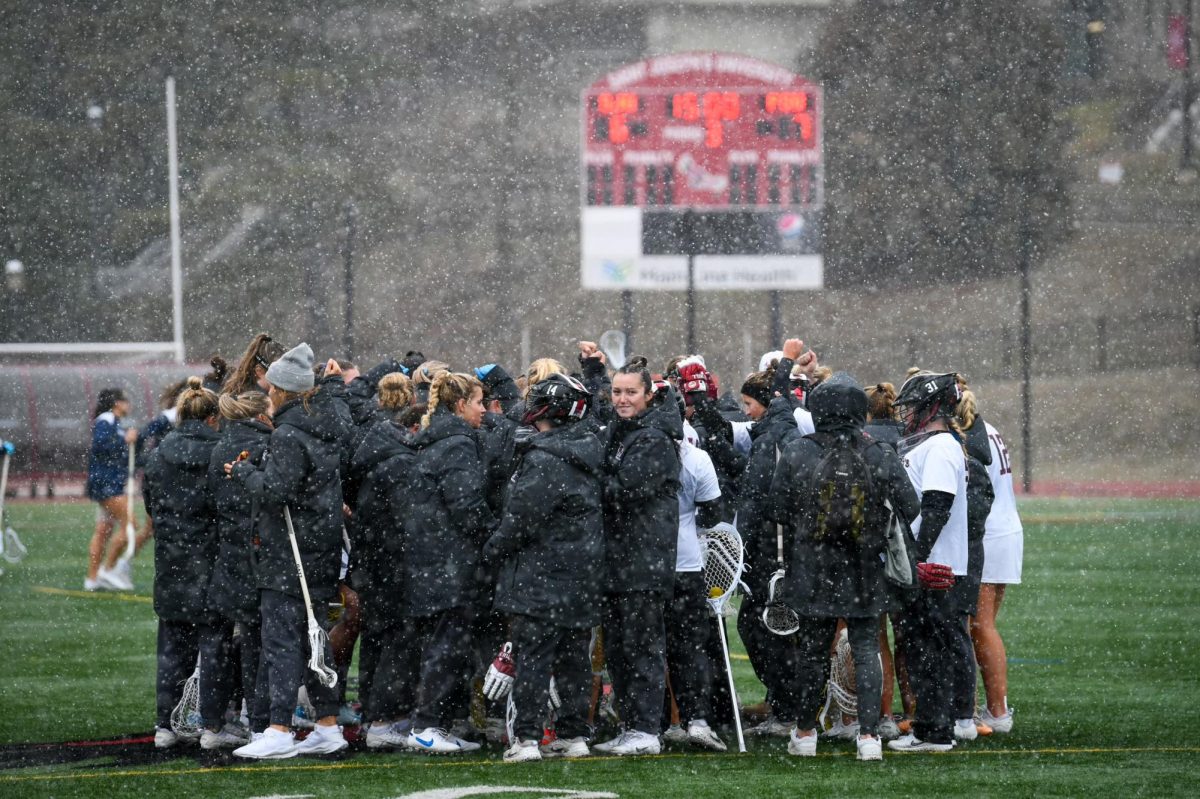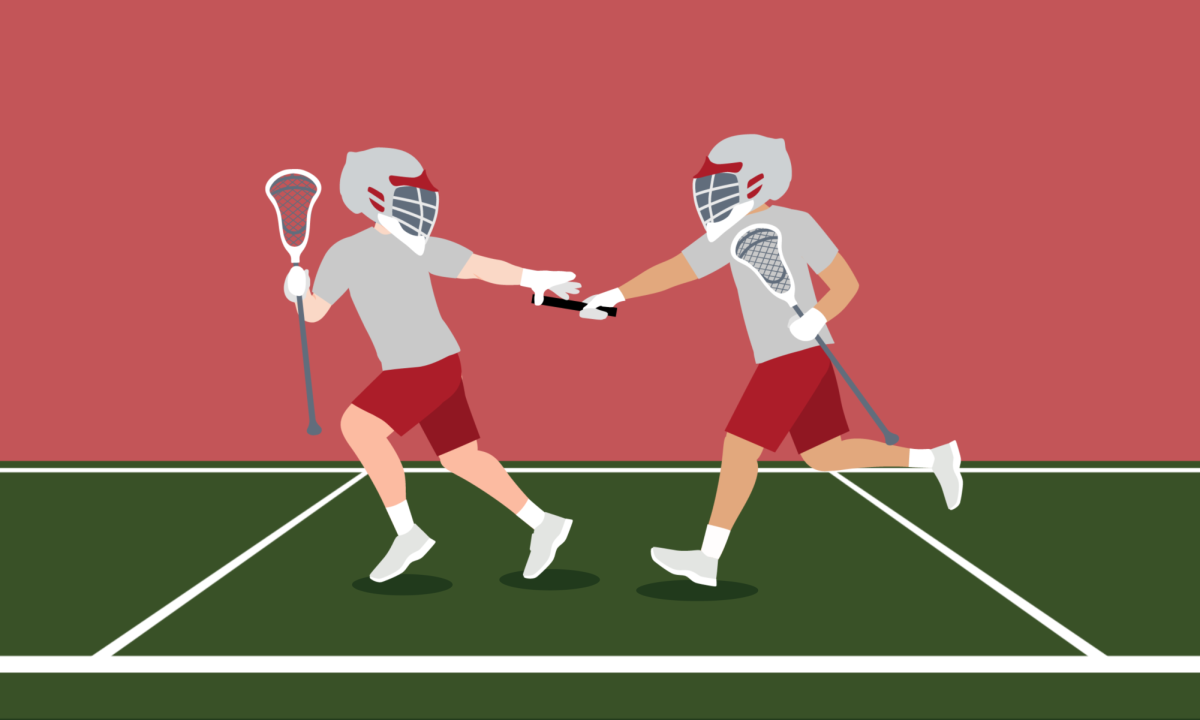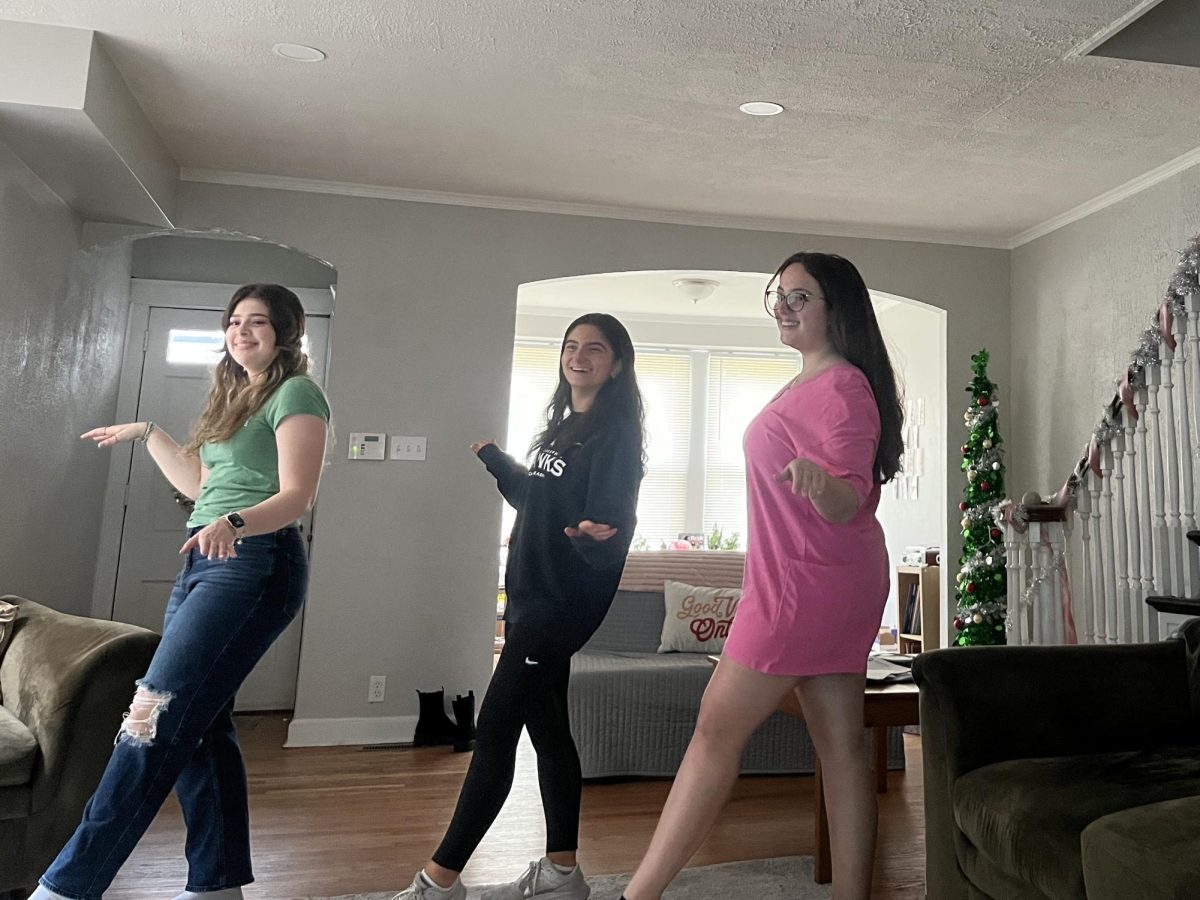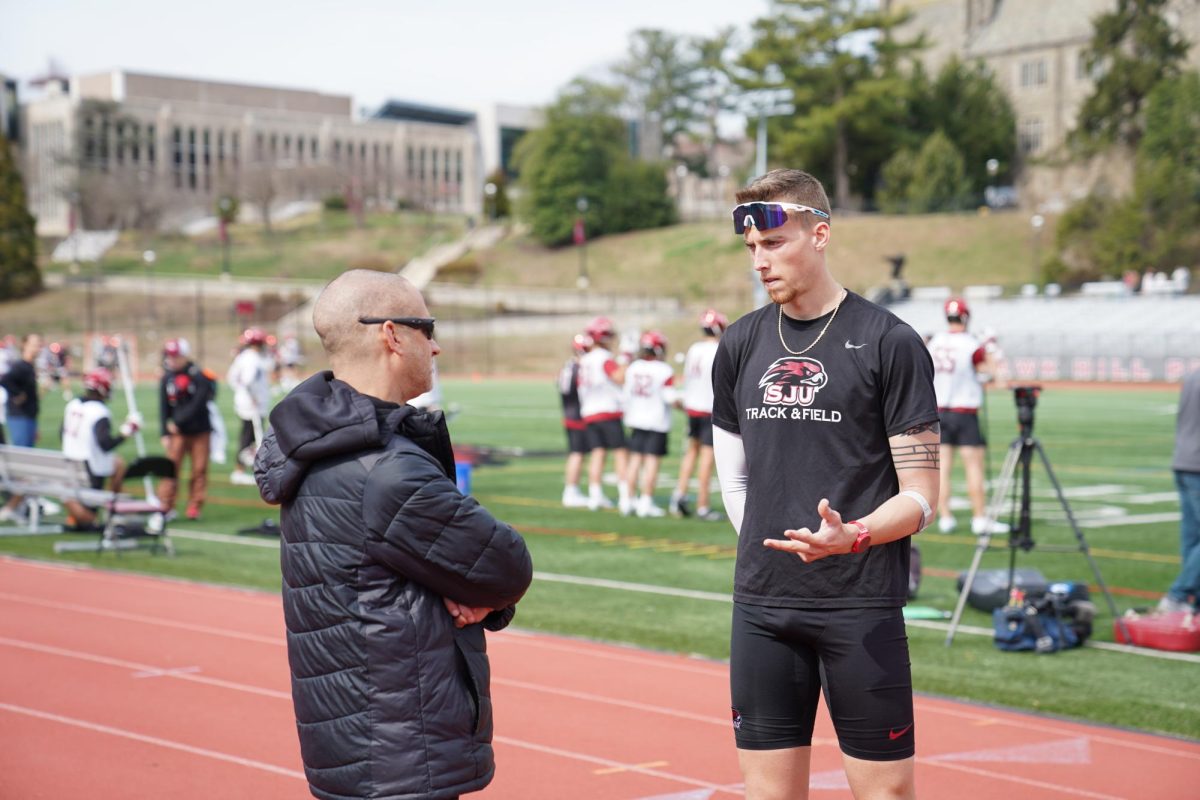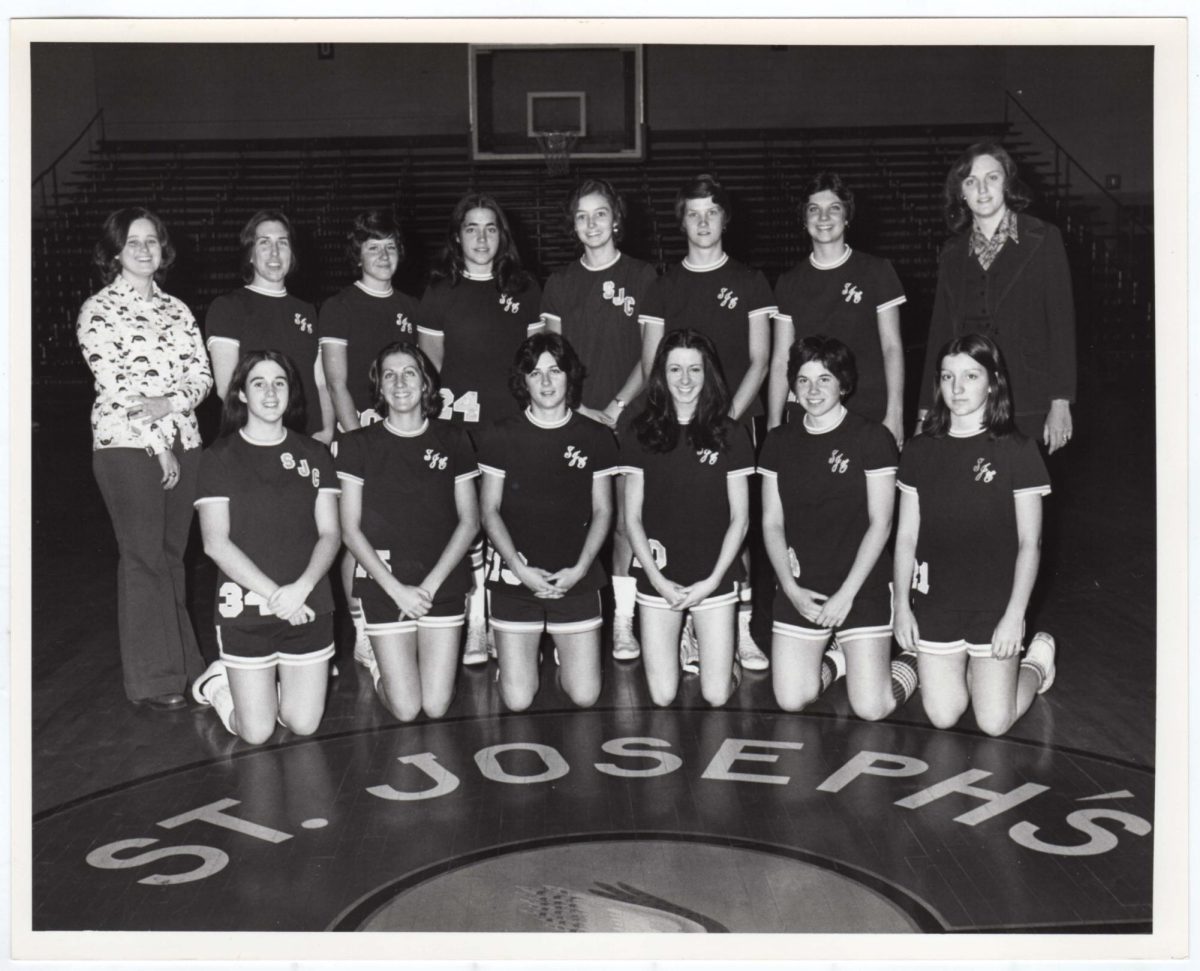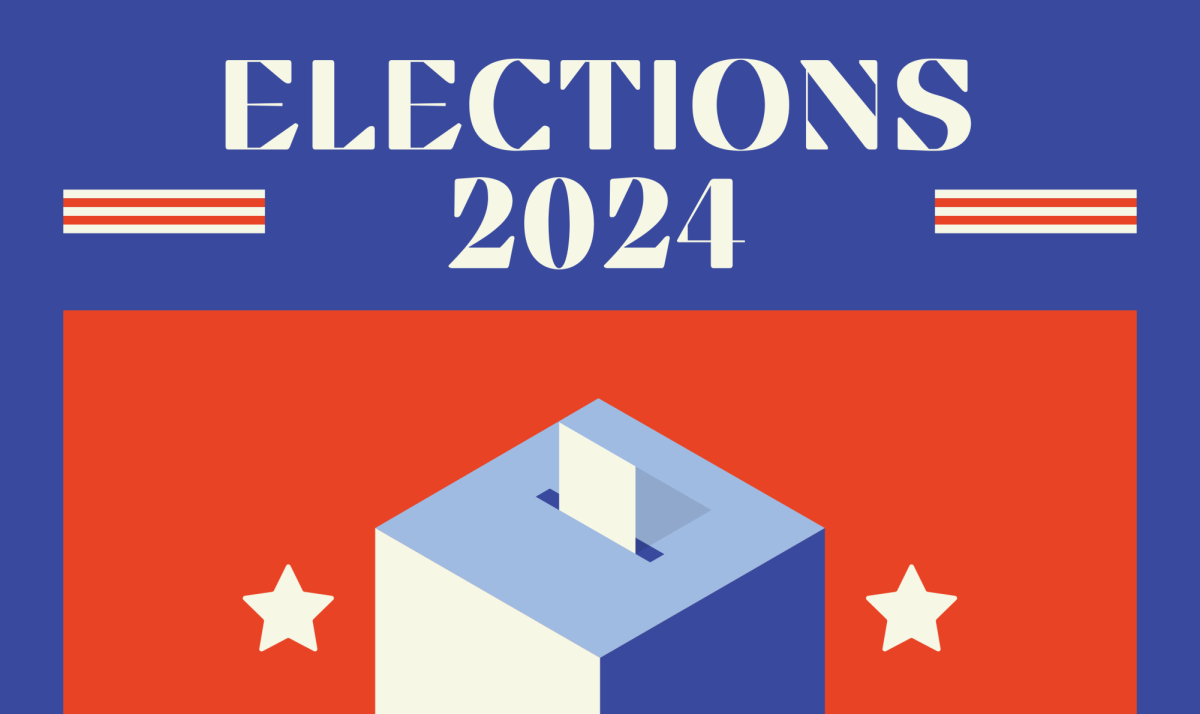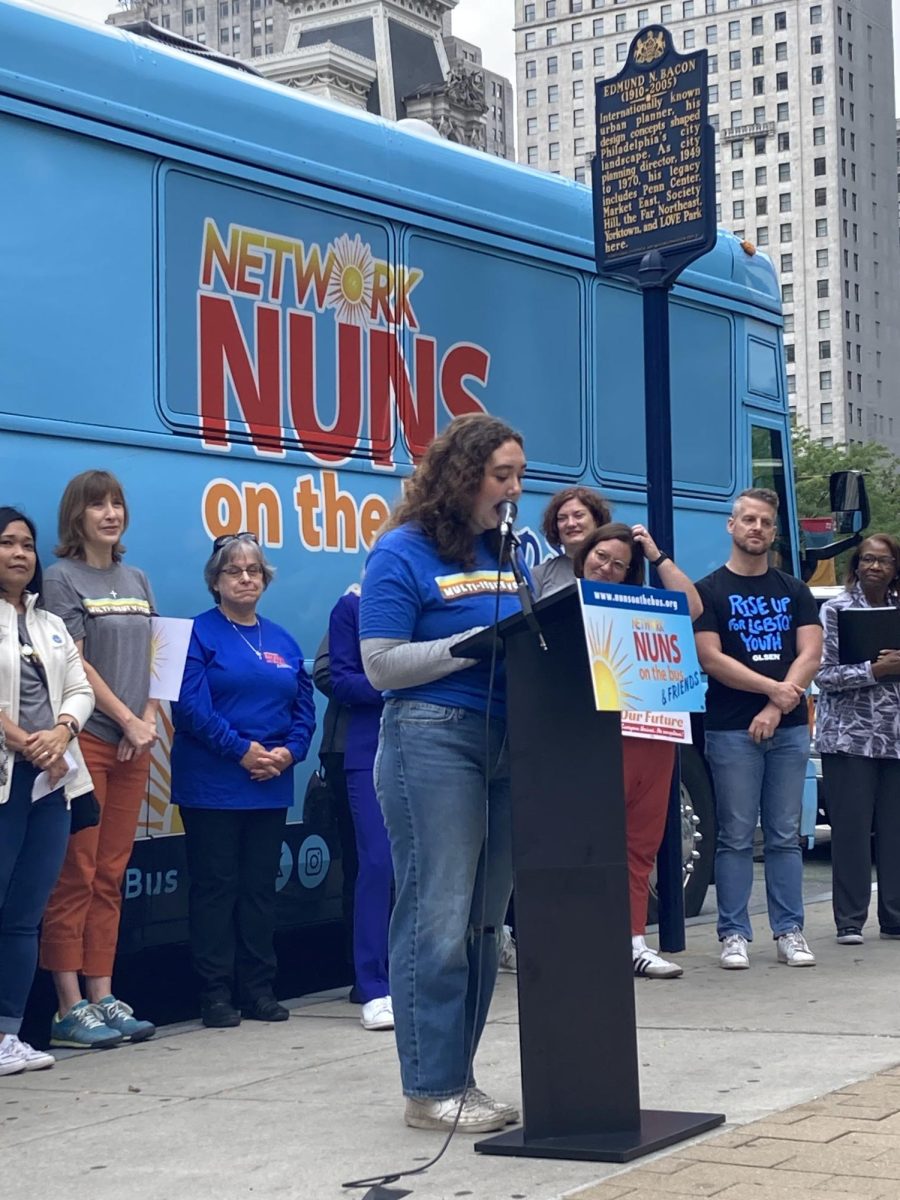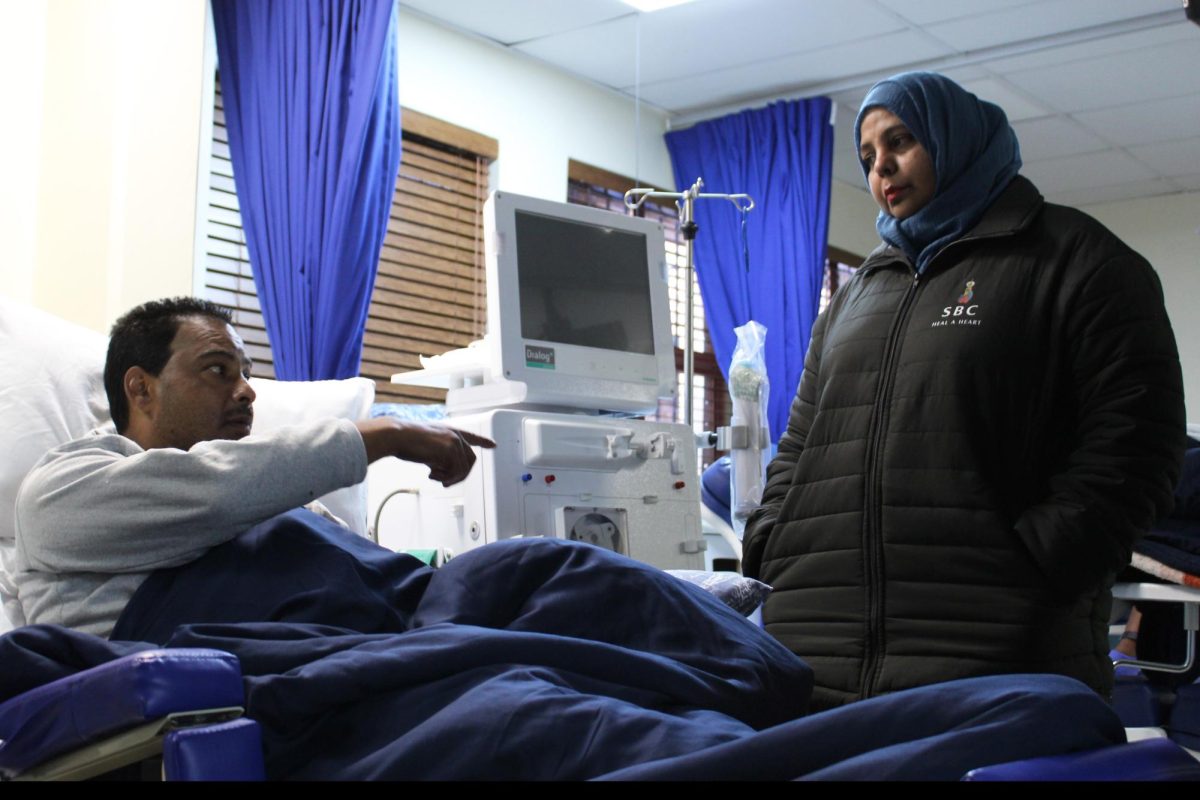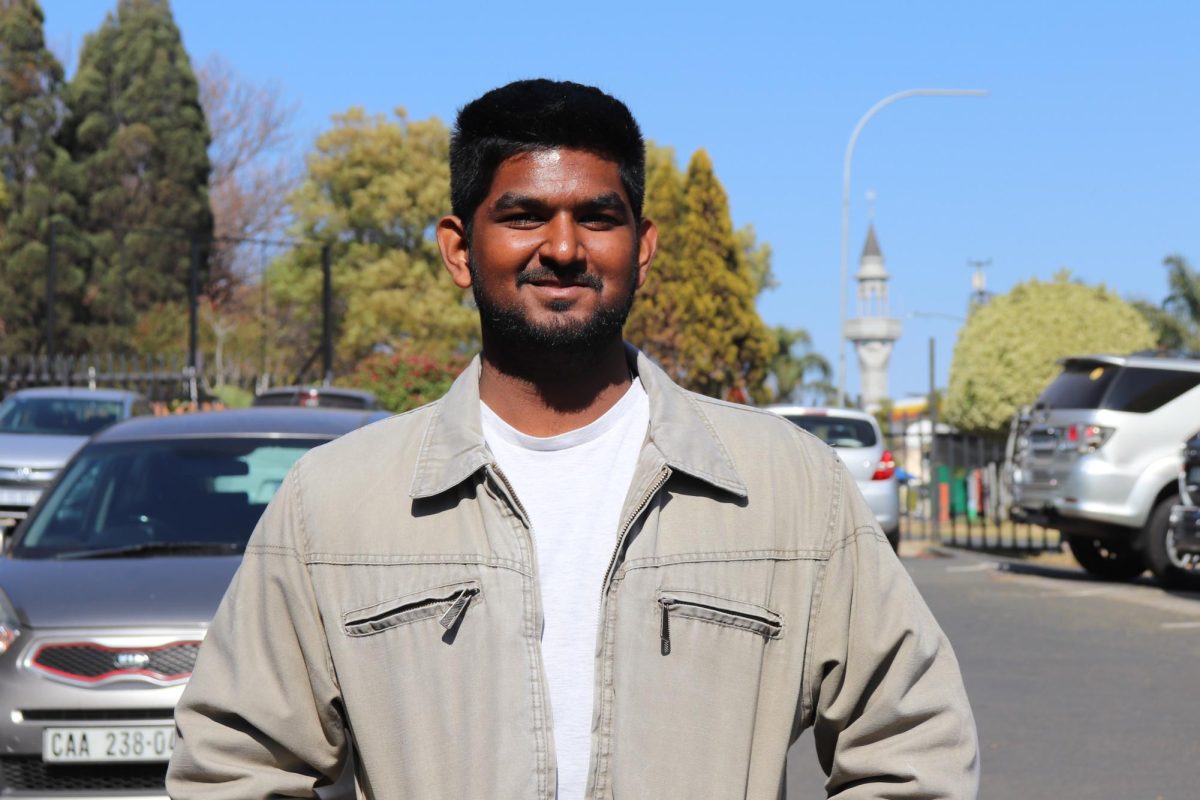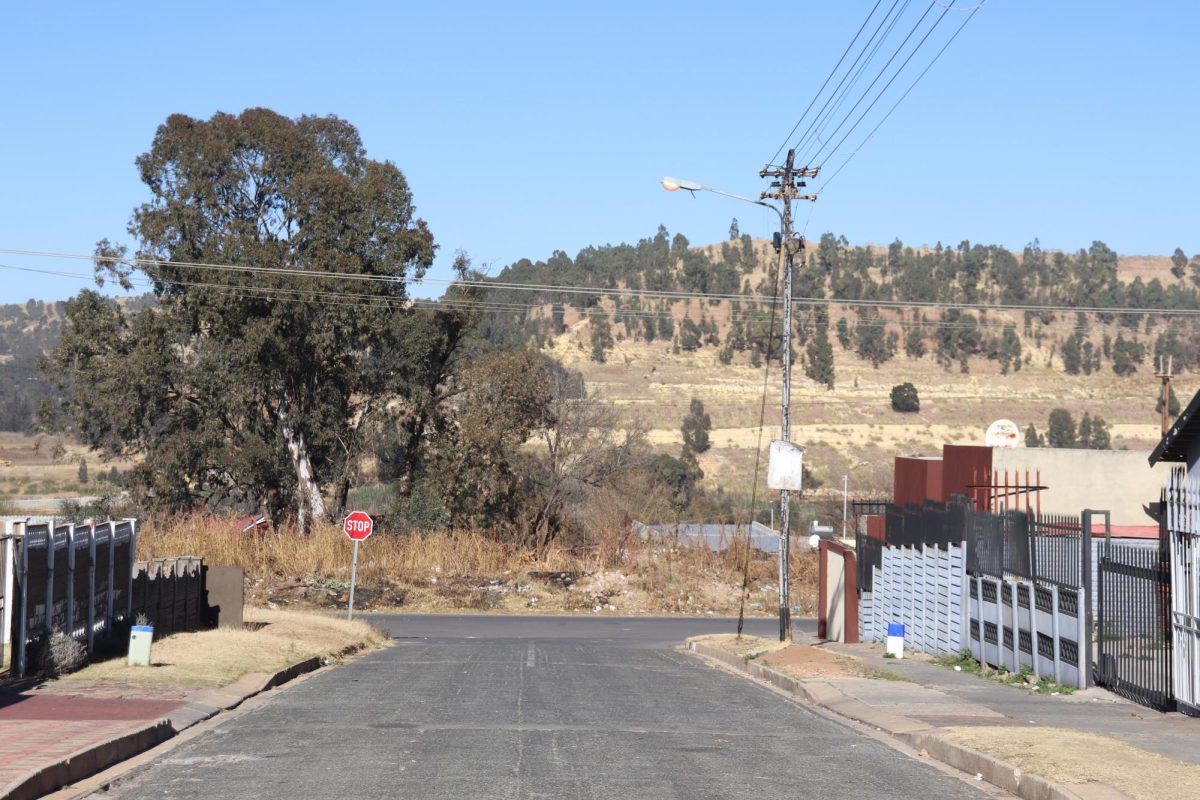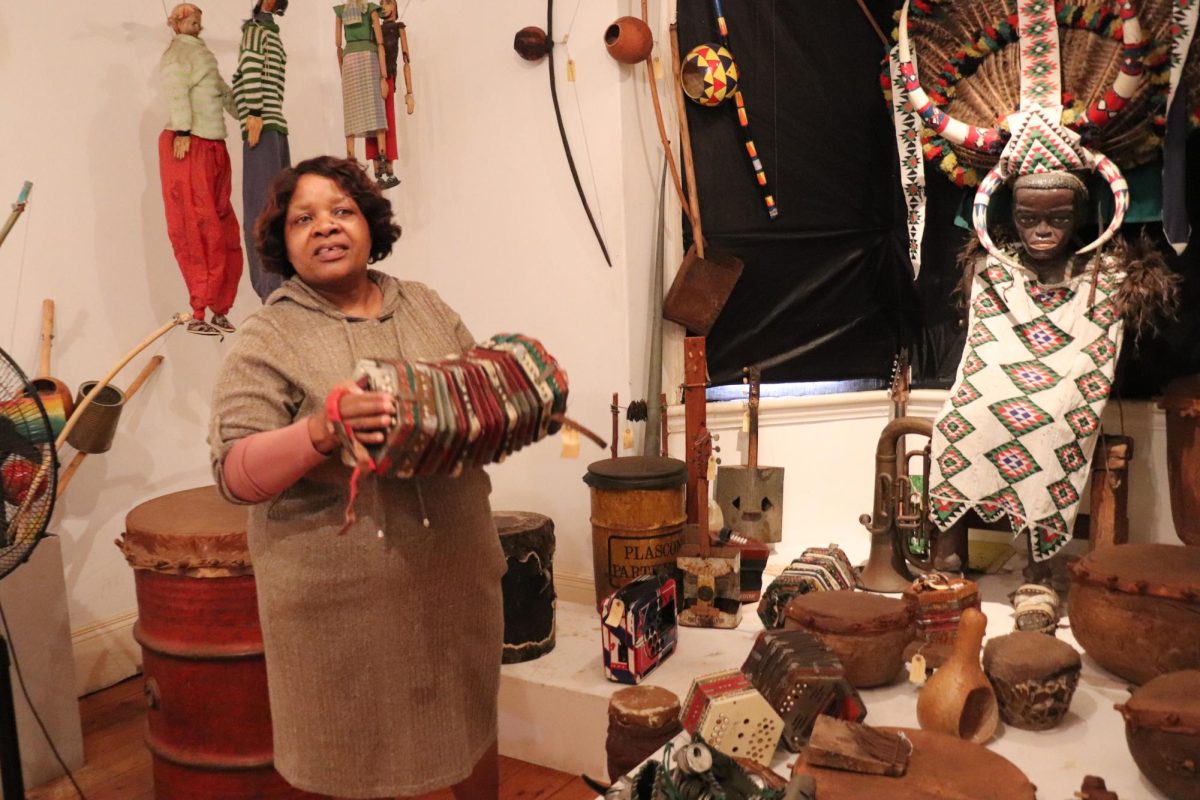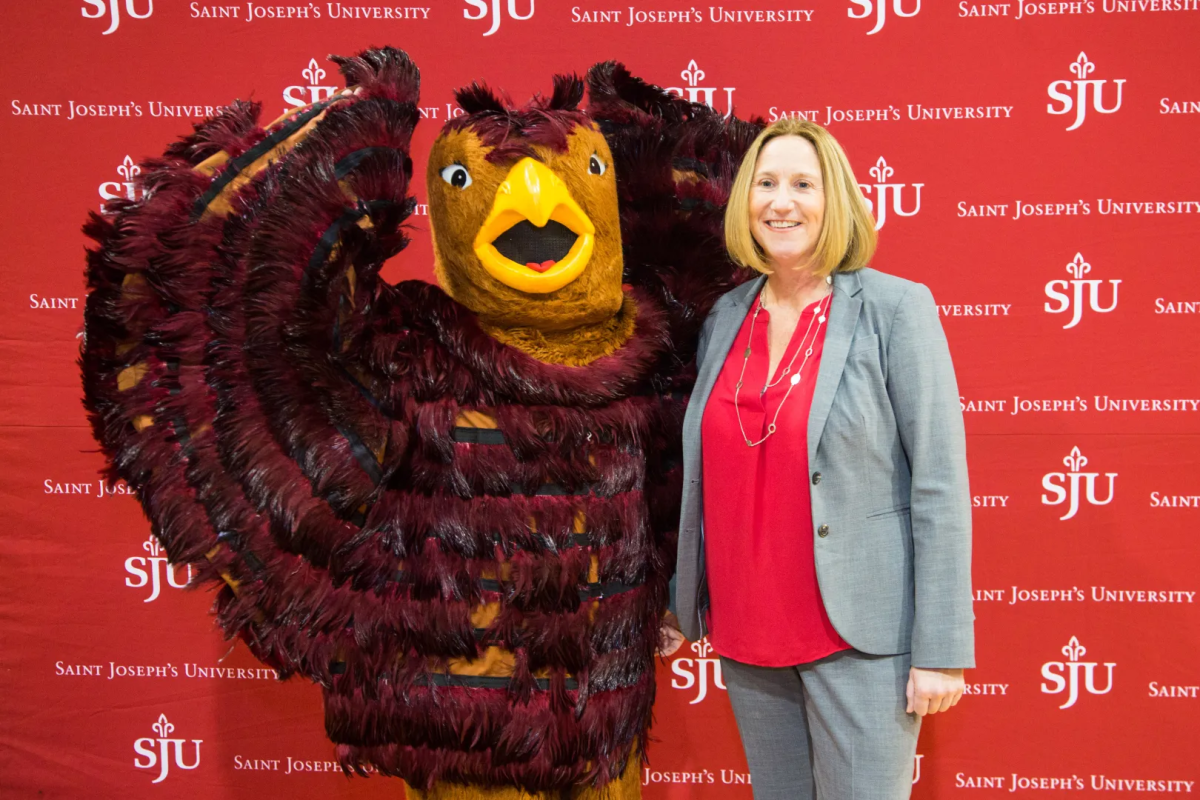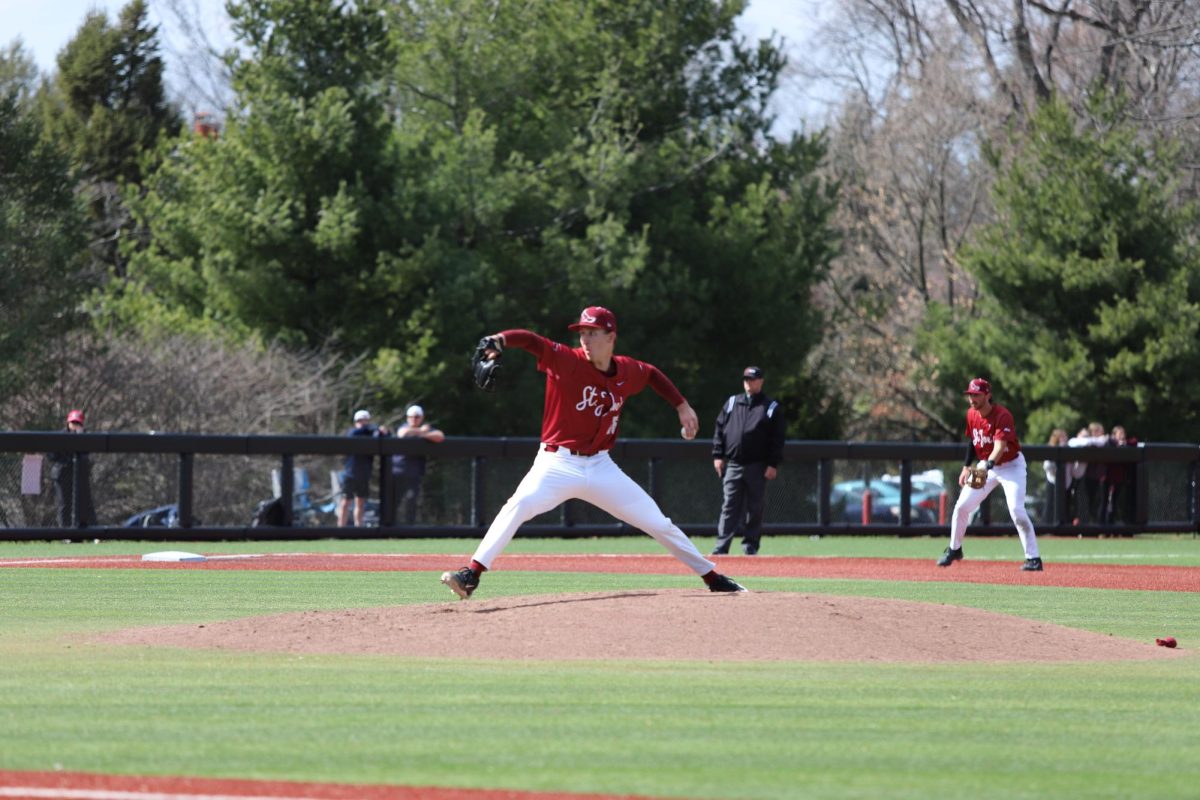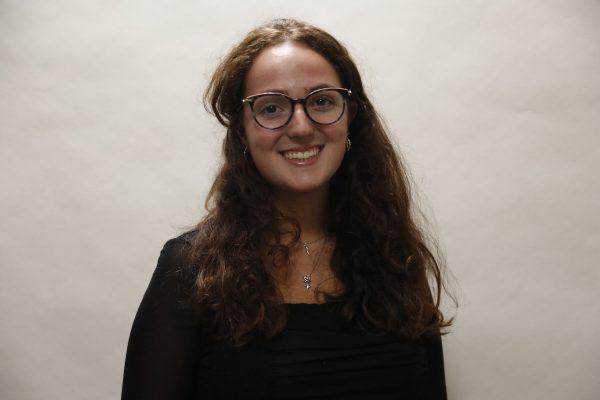The U.S. Senate Judiciary Committee held its 10th hearing on the NCAA’s name, image and likeness policy Oct. 17 and a local voice was among the witnesses.
St. Joe’s vice president and director of athletics, Jill Bodensteiner, served as one of seven witnesses and represented smaller institutions like hers — schools outside of the Power 5 conferences — as the federal government seeks a standard for NIL across divisions and universities.
“I am especially appreciative of the invitation because I fear that the voice of institutions like St. Joe’s has been lost in the public narrative,” Bodensteiner said during her testimony.
Bodensteiner’s statement focused on the idea of student-athletes becoming employees, which she referred to as “the primary crisis facing college athletics.”
“[Student-athletes] don’t want to have to apply for posted positions when what they’re really going for is an education,” said Bodensteiner, a former labor and employment attorney. “They don’t want to go through the state work comp system for their injuries. They don’t want to punch a time clock worried about what might be compensable time under [the Fair Labor Standards Act].”
Bodensteiner also focused on how student-athletes being classified as employees would financially affect smaller institutions — which, in turn, would affect the student-athletes themselves.
“If our student-athletes are deemed employees, we will transition their financial aid to wages in order to stay competitive,” Bodensteiner said. “The taxation differences between wages and tuition are extreme and not in the favor of our student-athletes.”
Also speaking Tuesday were NCAA president Charlie Baker, National College Players Association executive director Ramogi Huma, The Grove Collective executive director Walker Jones, Big Ten commissioner Tony Petitti, Notre Dame AD Jack Swarbrickand and former Florida gymnast Trinity Thomas.
Huma, a longtime advocate for collegiate athletes, said during his testimony that only major college football and basketball players should be under consideration for becoming employees.
“People are discussing closing the door on employee status without paying the athletes fairly,” Huma said.
Meanwhile, Pettiti, a Haverford College alumnus who took over the Big Ten in May, said schools in his conference, which includes Penn State, are open to offering more benefits directly to athletes.
In response to a question from Sen. Chris Coons (D-Del.), Bodensteiner said this type of taxation would further hurt universities like St. Joe’s, which Bodensteiner said is “spending $20 million and bringing in $4 million in revenue for athletics” and would lead to issues regarding the university’s ability to continue to fund all 20 of its existing Division I programs.
It also would affect St. Joe’s 51 international student-athletes, Bodensteiner said, who would not be able to compete because their F-1 student status prevents them from being employees.
“For these reasons and many more, I am passionate about the granting of special status to student athletes that would confirm that they are not employees of their respective institutions,” Bodensteiner said.
These ideas of NIL laws that benefit the student as well as the university were present throughout Bodensteiner’s testimony, with emphasis on the student-athlete as a whole person — a concept that remains at the core of her vision for DI athletics. She focused her opening statement on St. Joe’s success in providing its 478 student-athletes with the primary goal of a comprehensive education, along with athletic opportunities.
“Athletes benefit and are enriched from the experiences they gain from being a student-athlete, and it prepares them to be the leaders of tomorrow,” Bodensteiner said. “Division I athletics also benefit the entire university by creating a more vibrant campus experience and providing national exposure.”
“At St. Joe’s, we’re not waiting for an NCAA rule to tell us to protect the health and safety of our student athletes. We do so because it’s the right thing to do, and it’s fundamental to who we are.”
The Associated Press contributed to this report.
This article was first published by the Philadelphia Inquirer Oct. 17, 2023 as part of the Inquirer’s college correspondent program.



